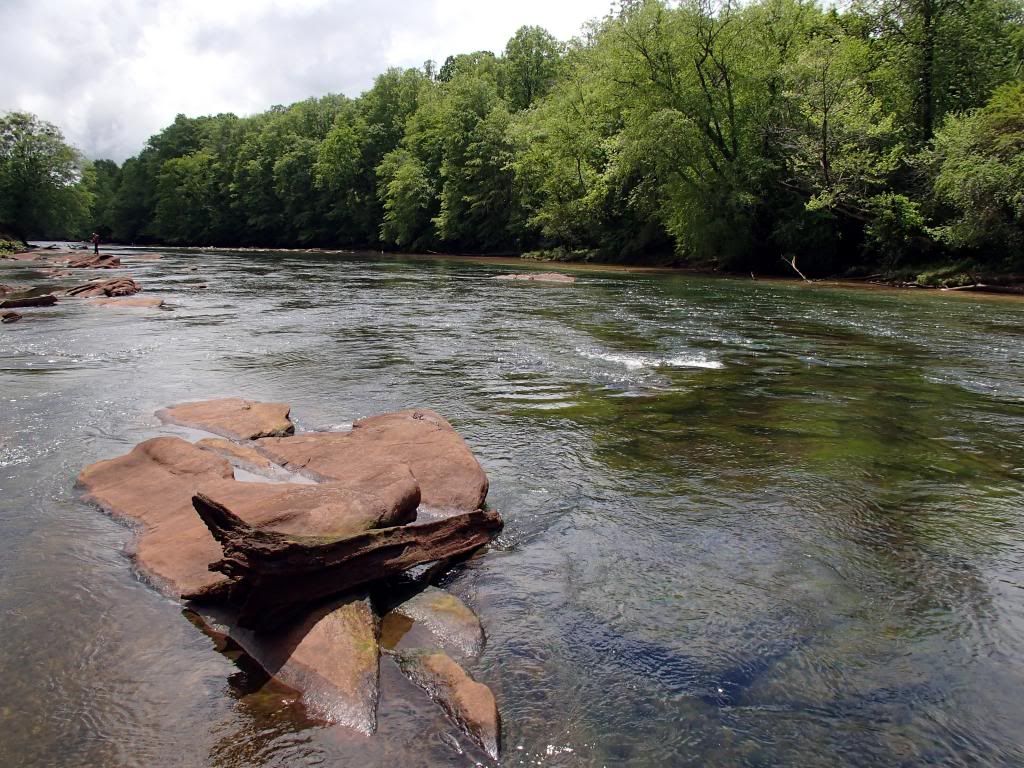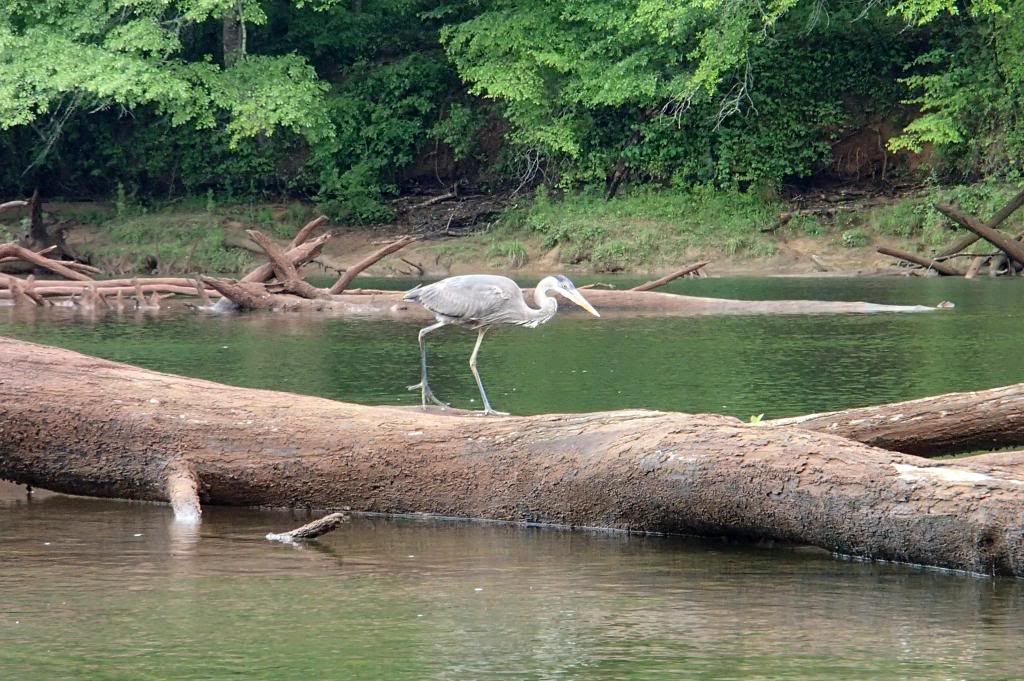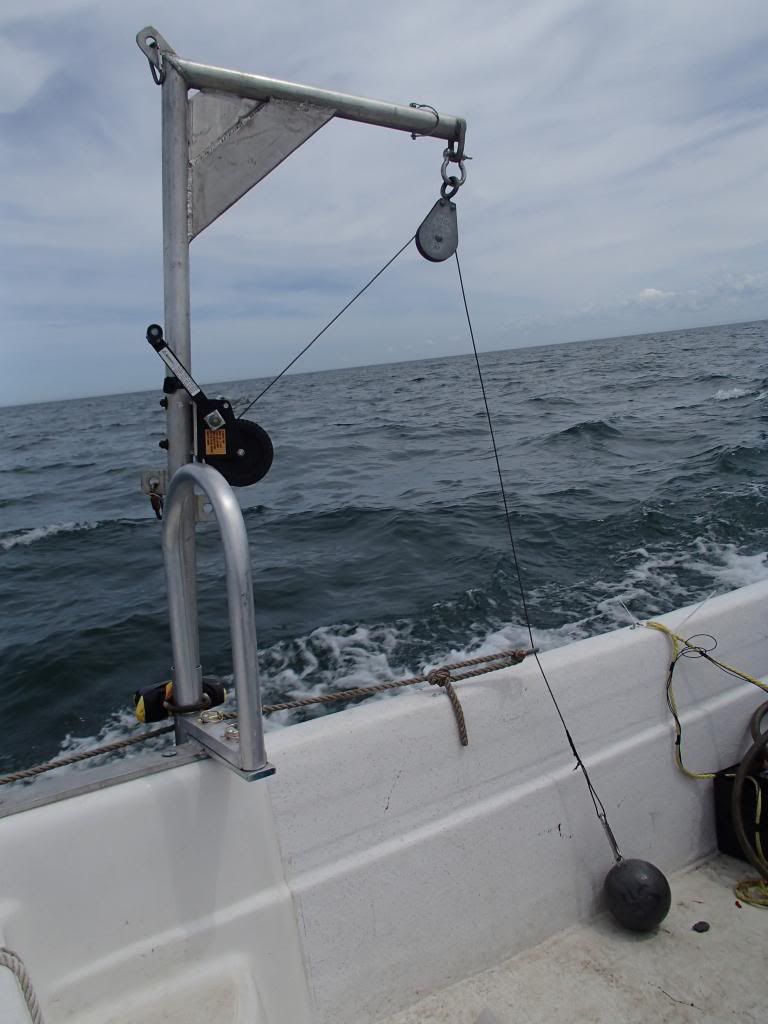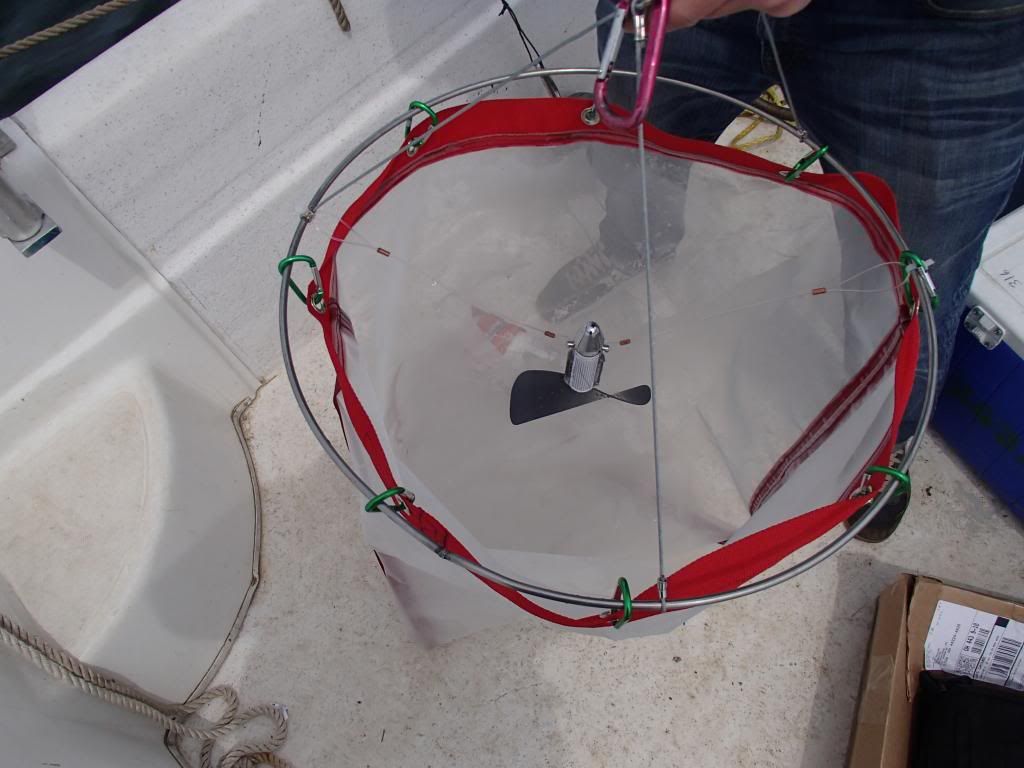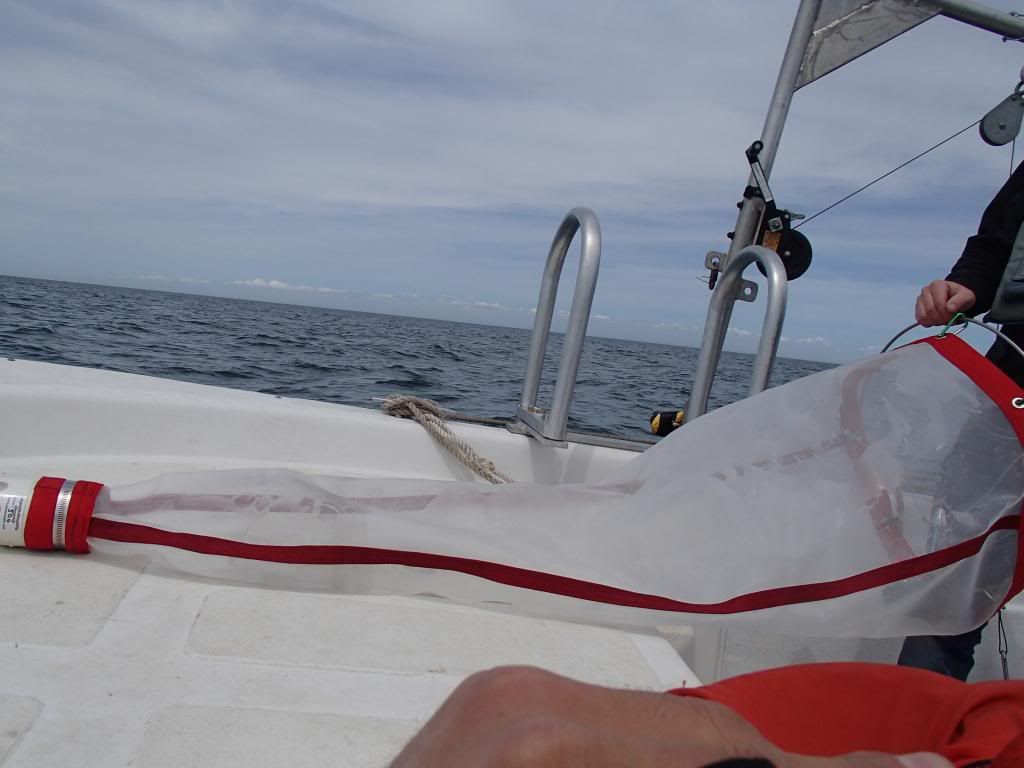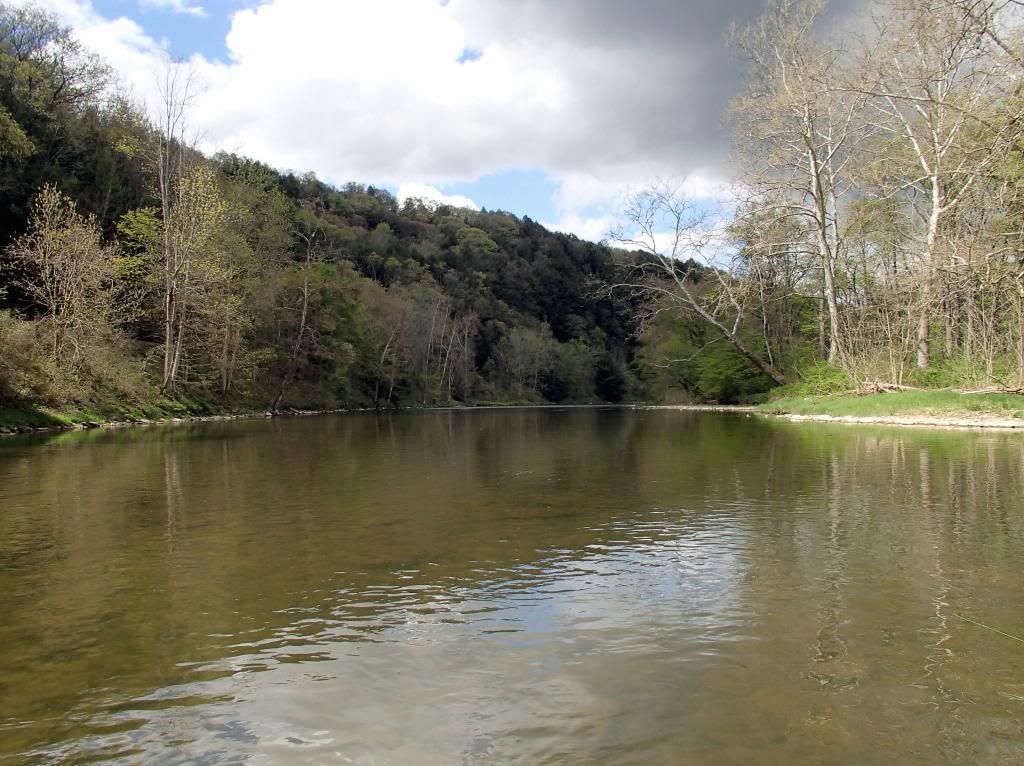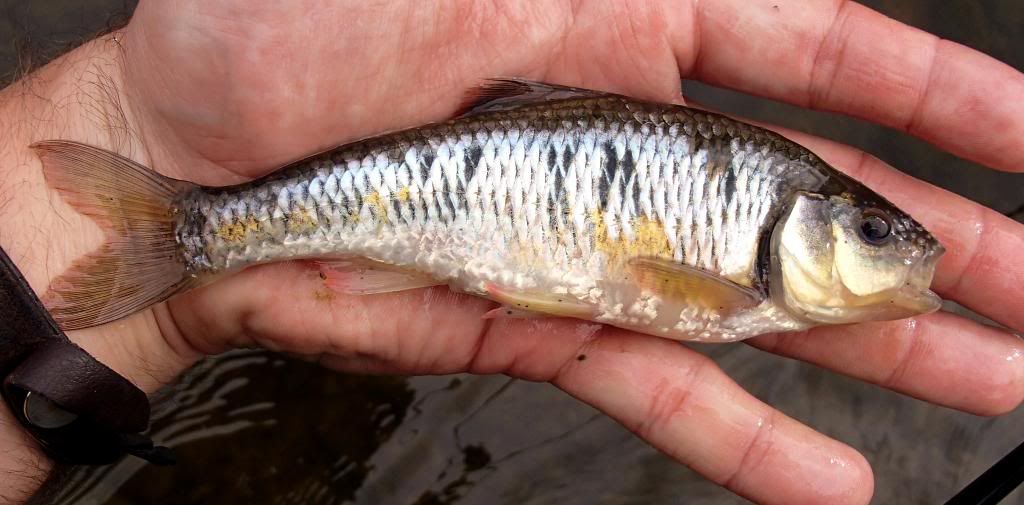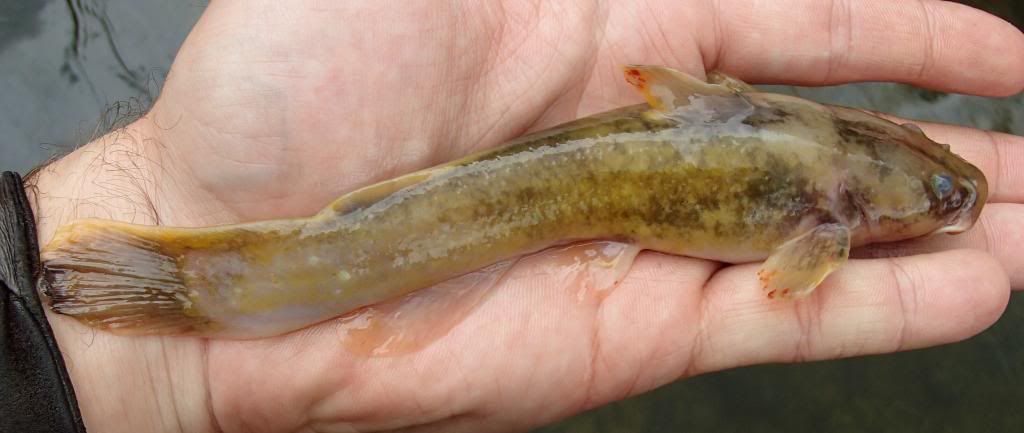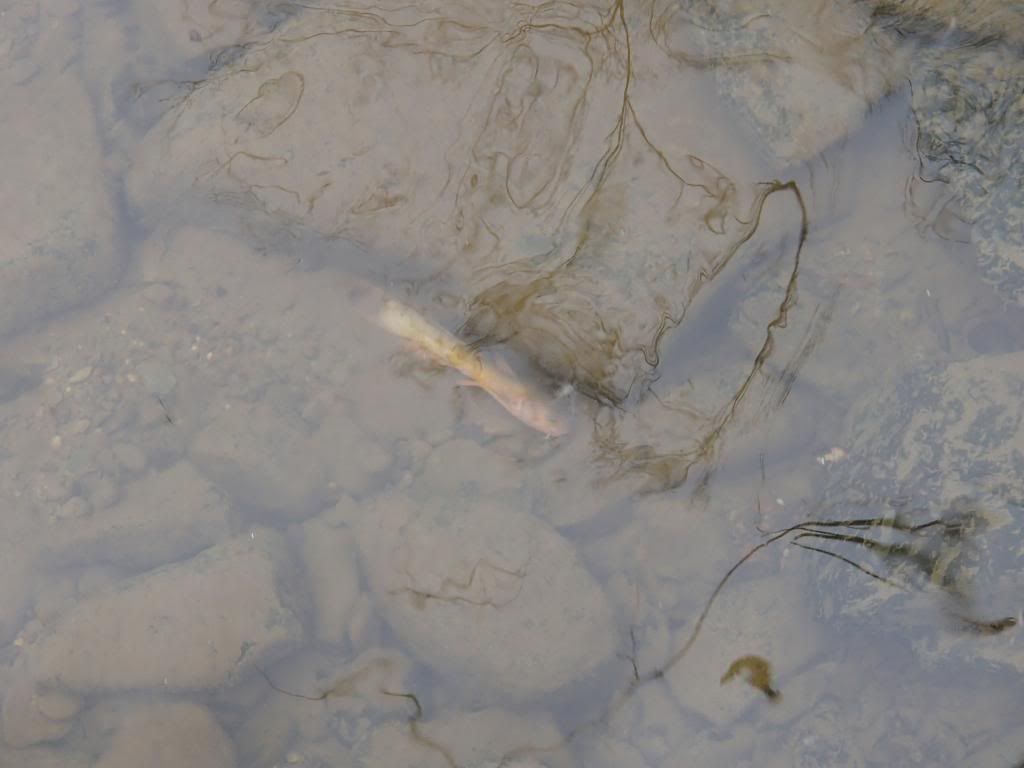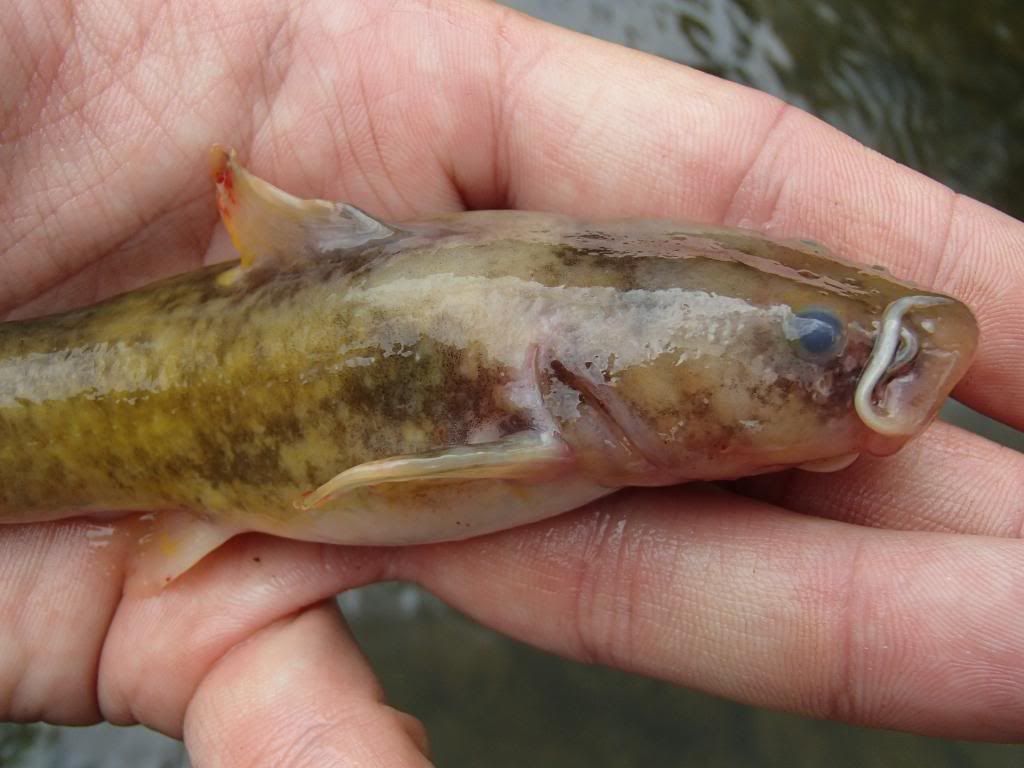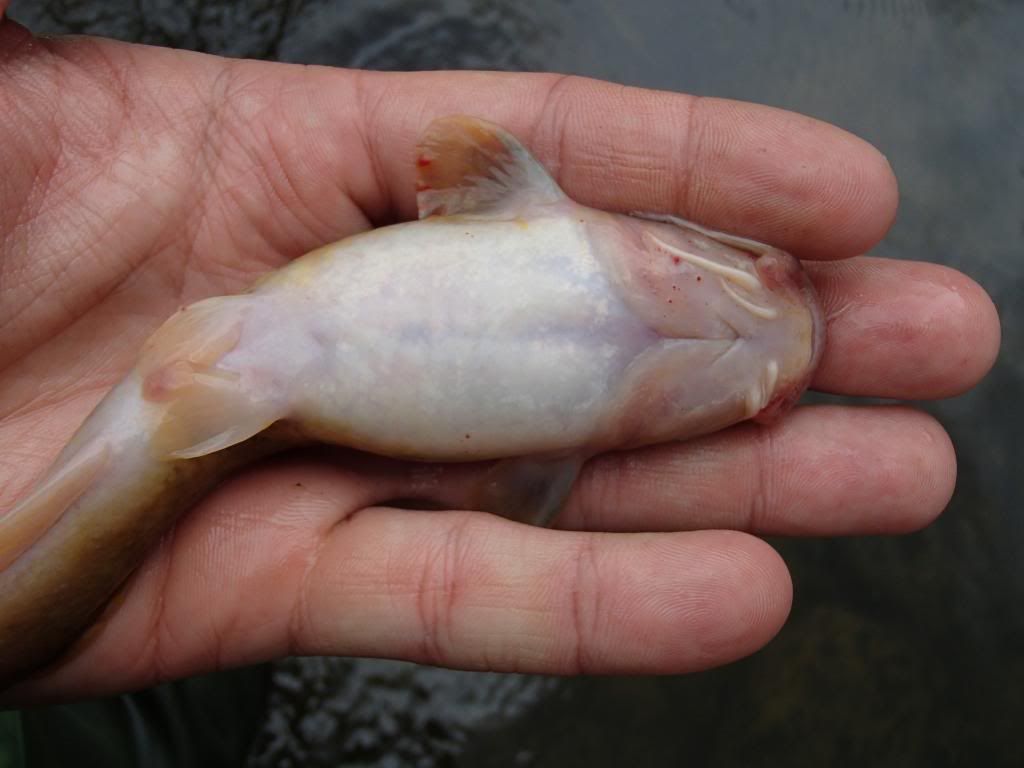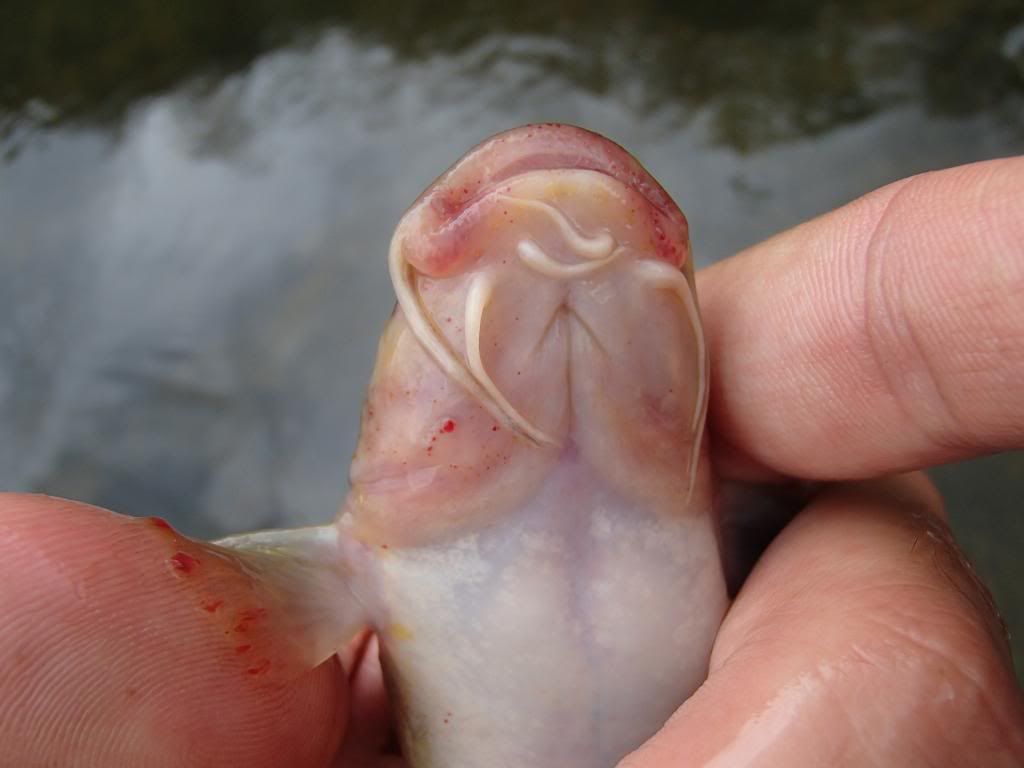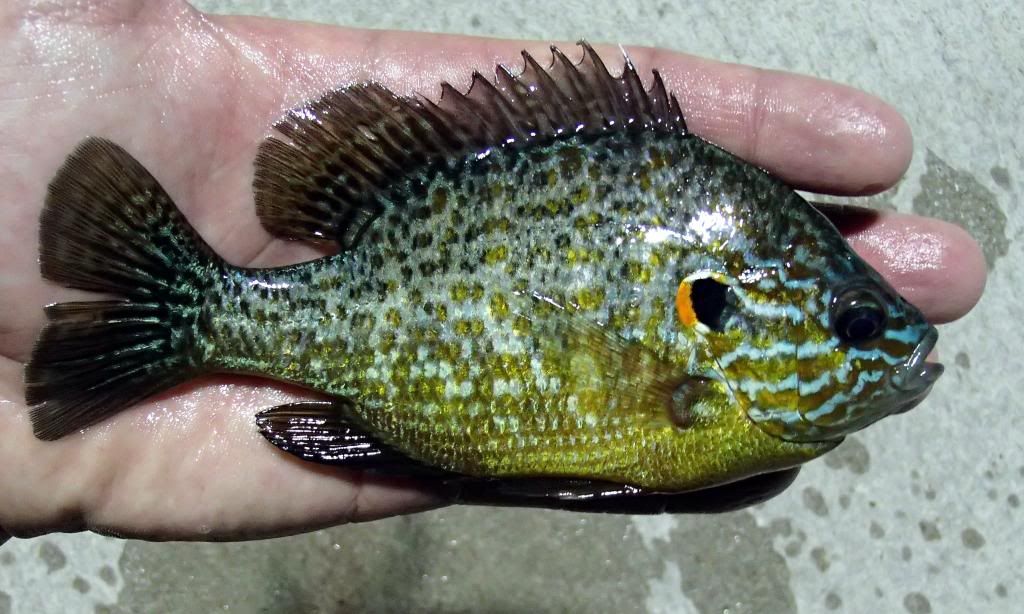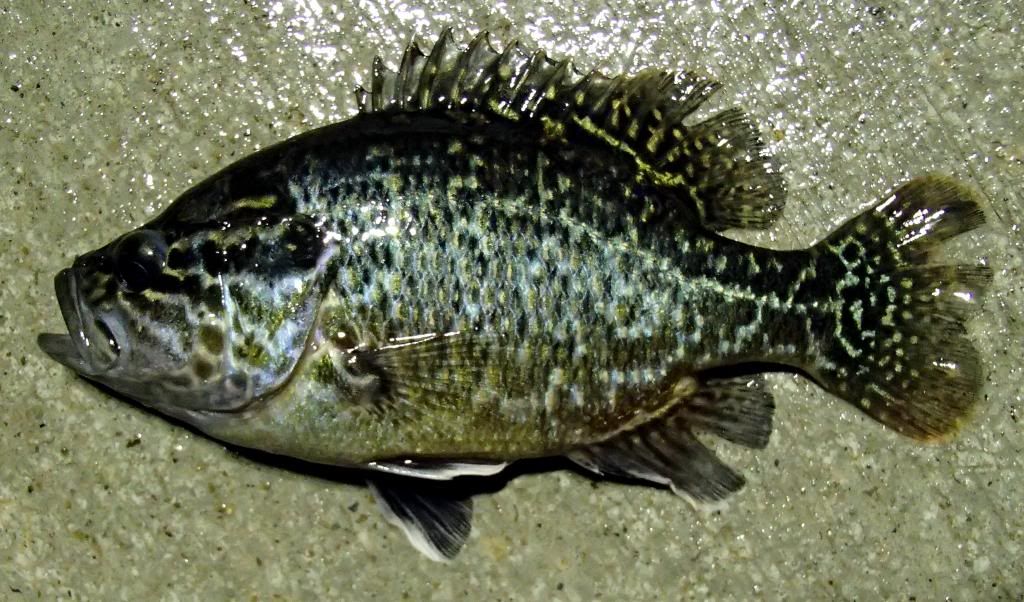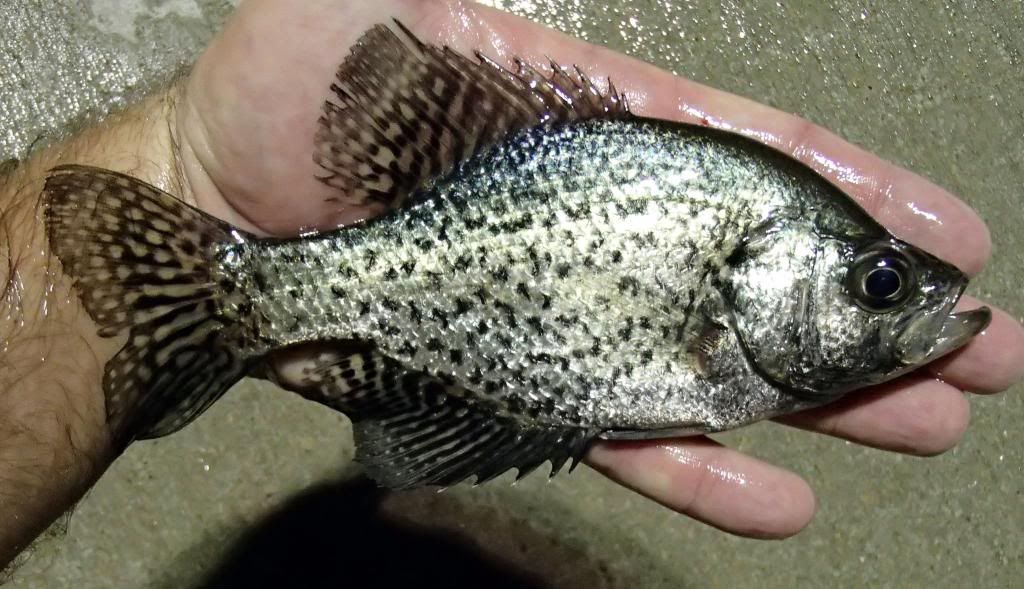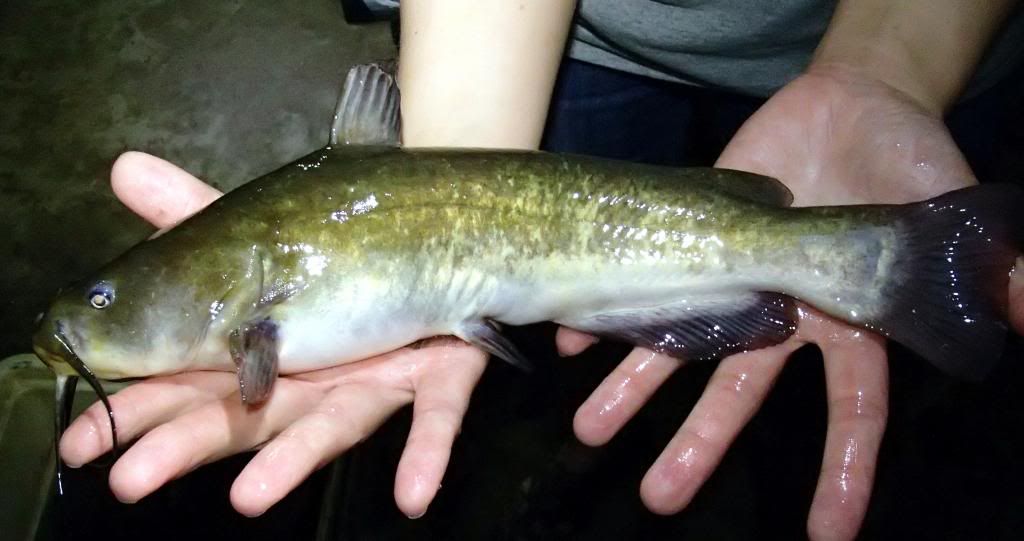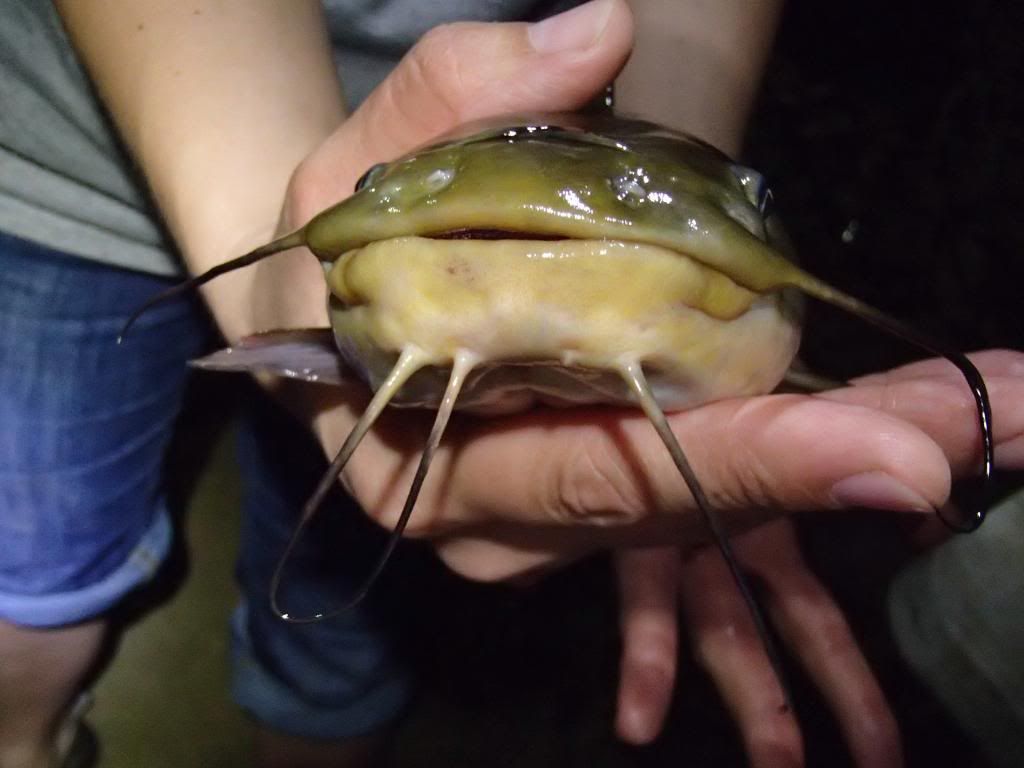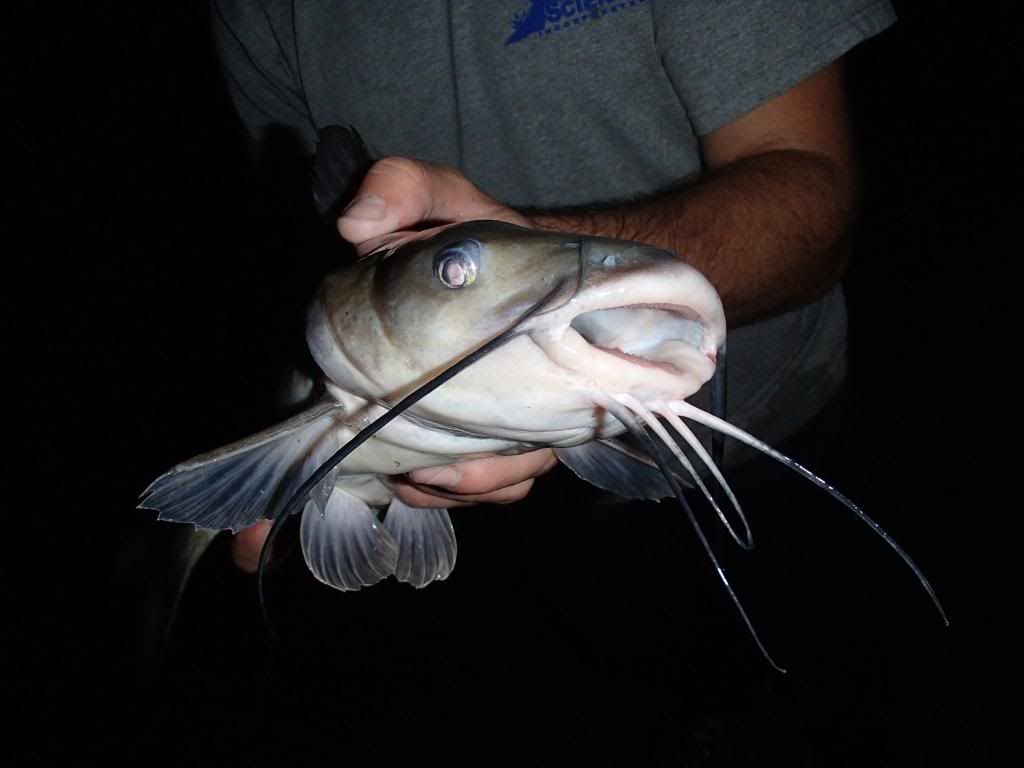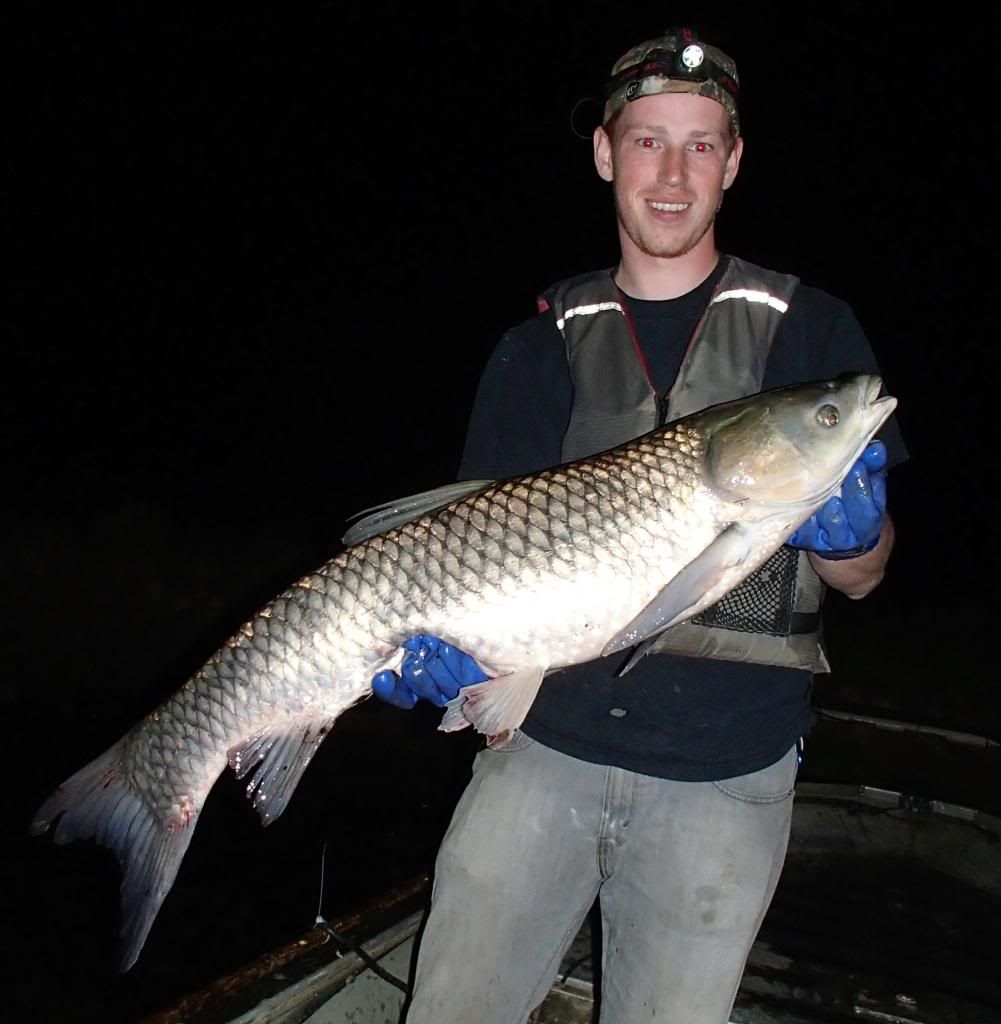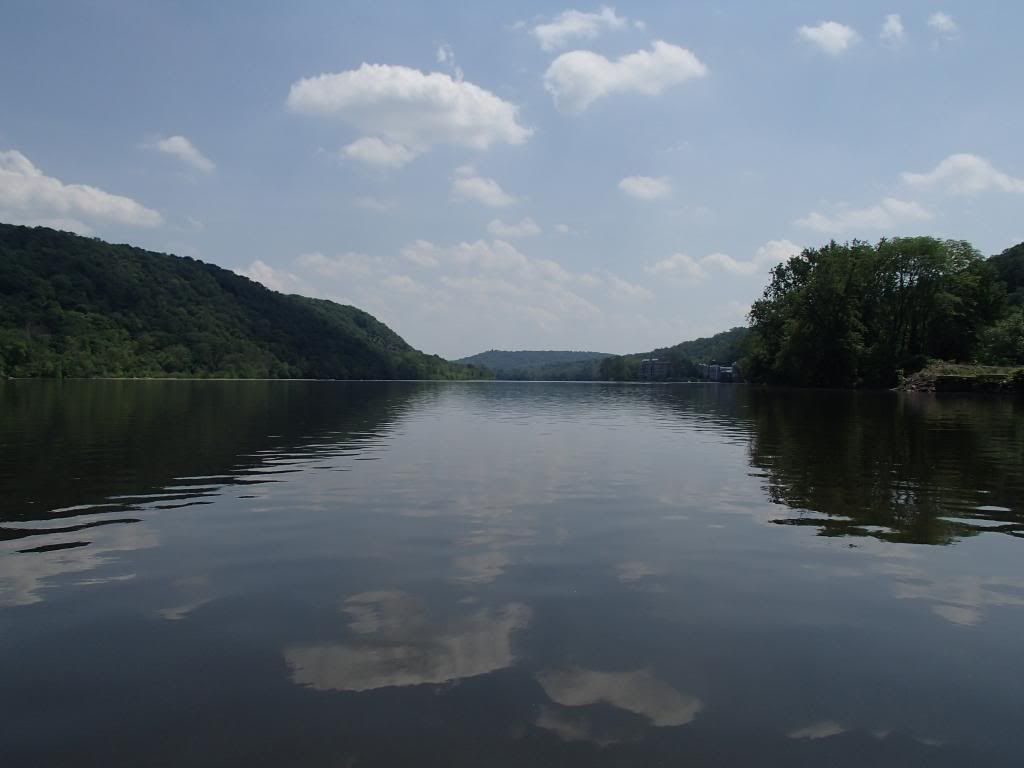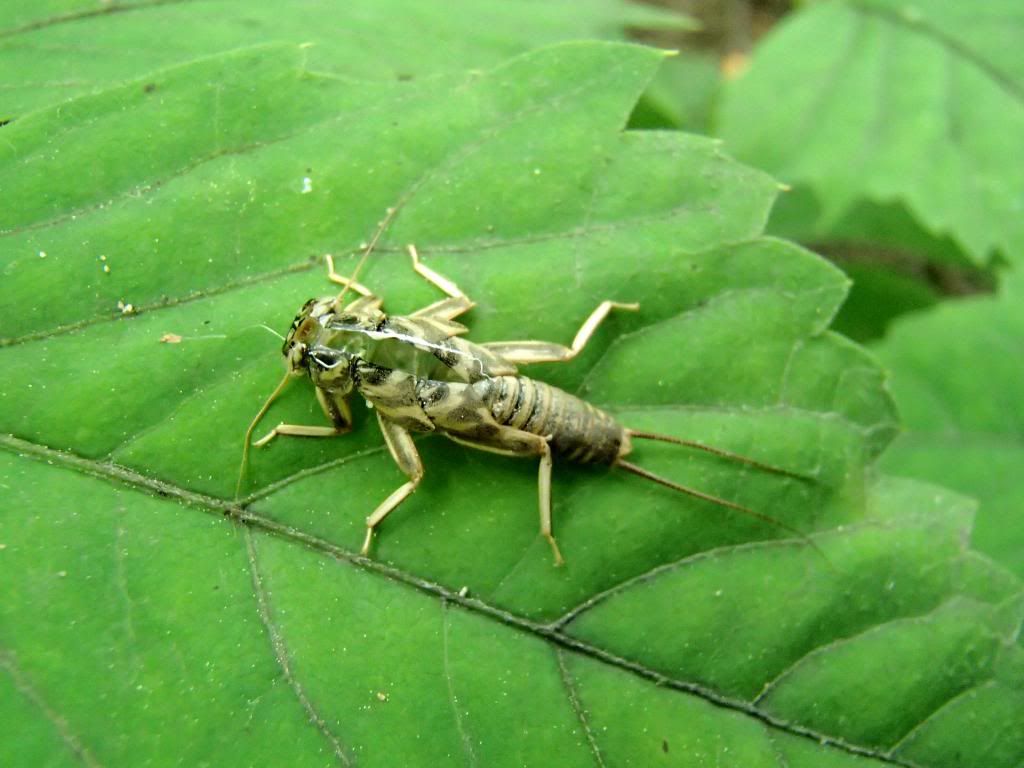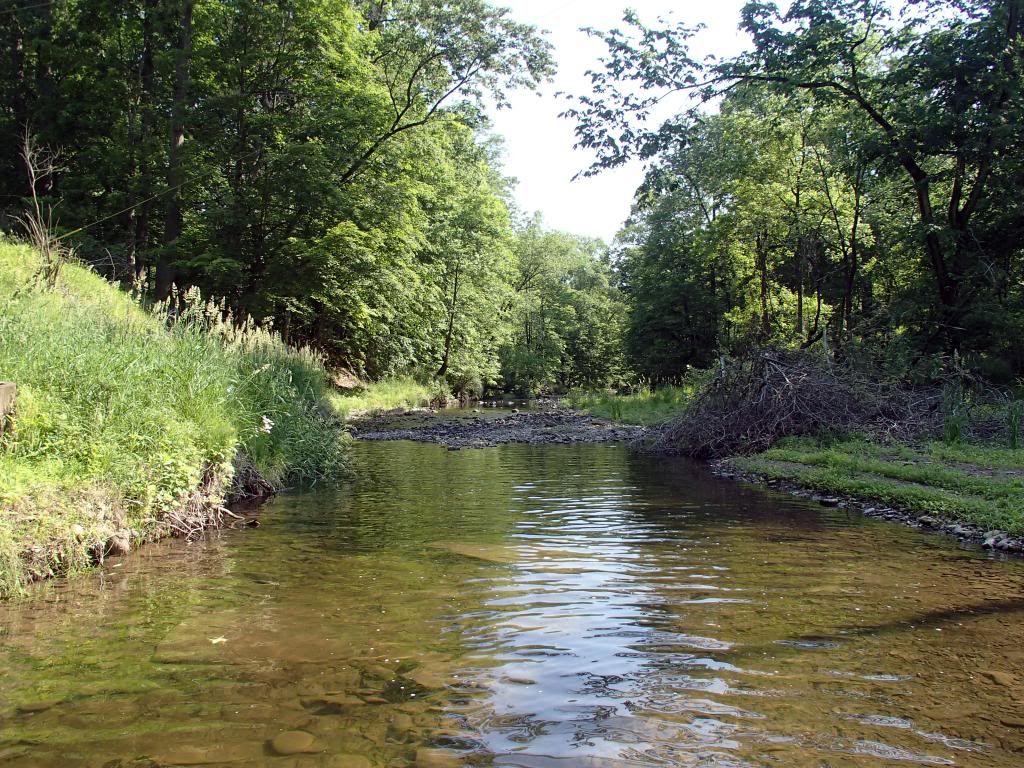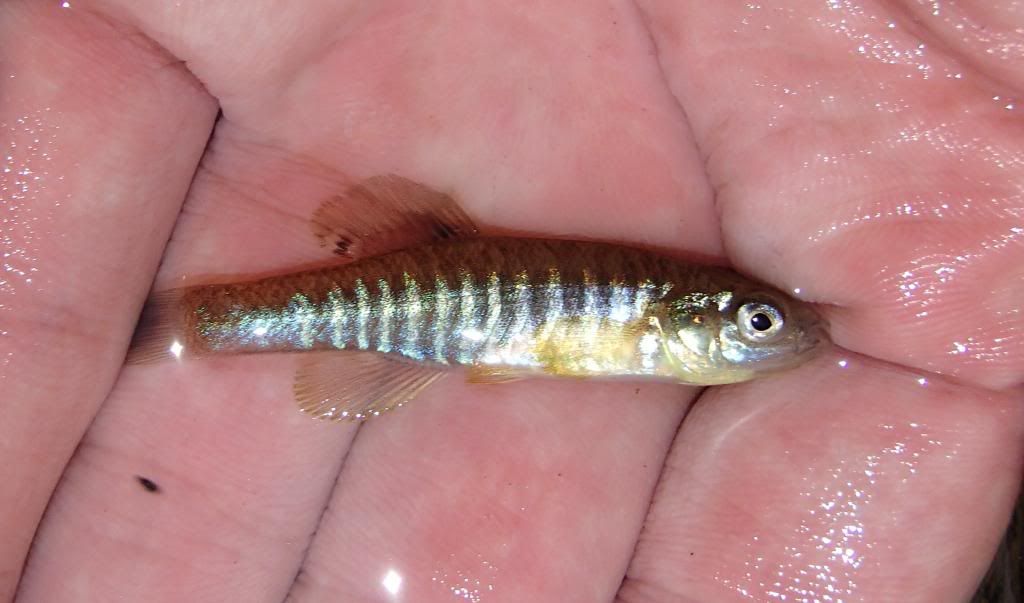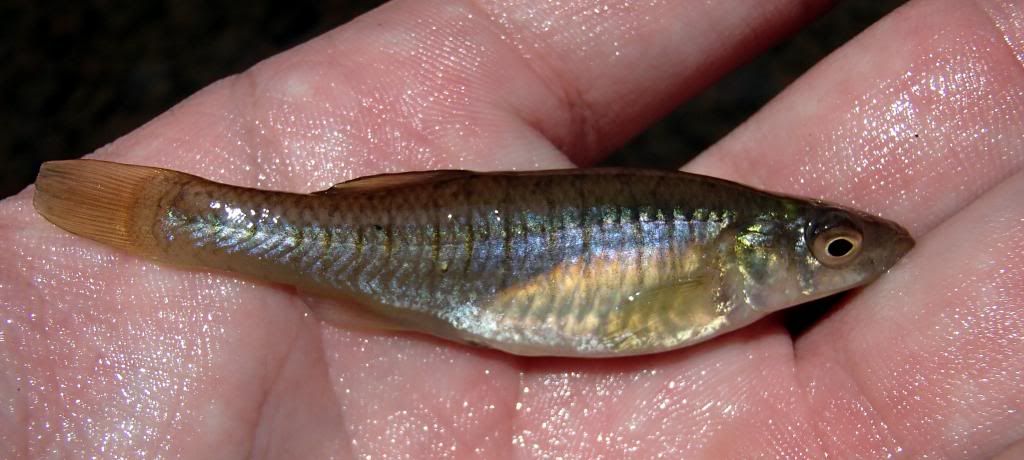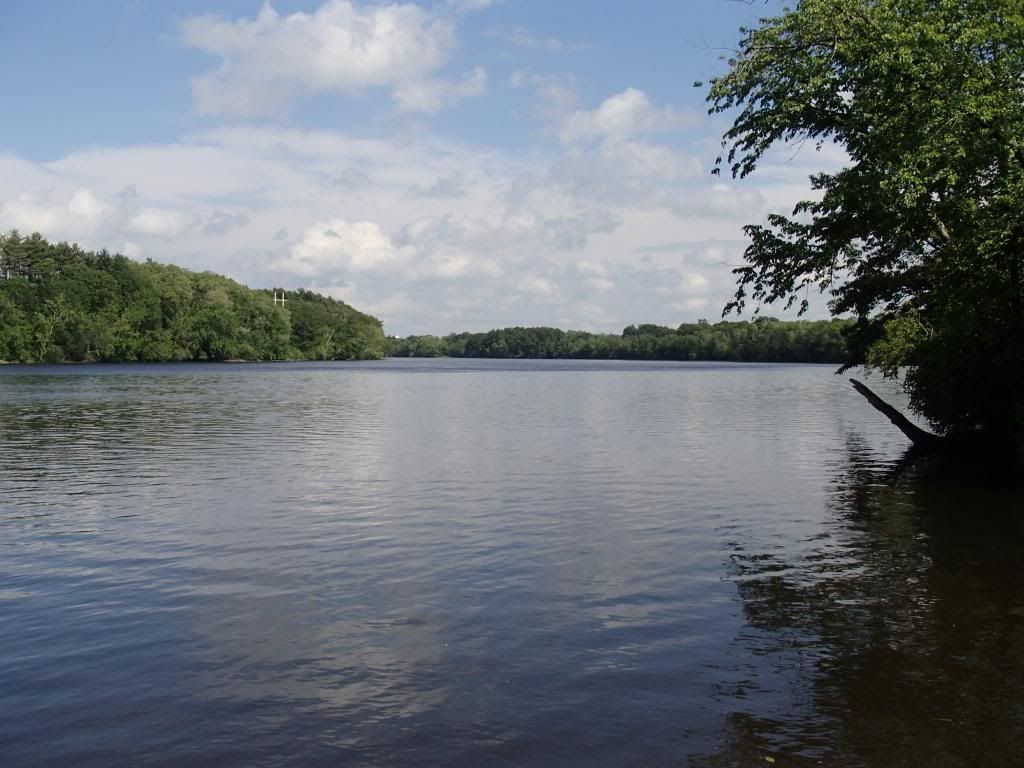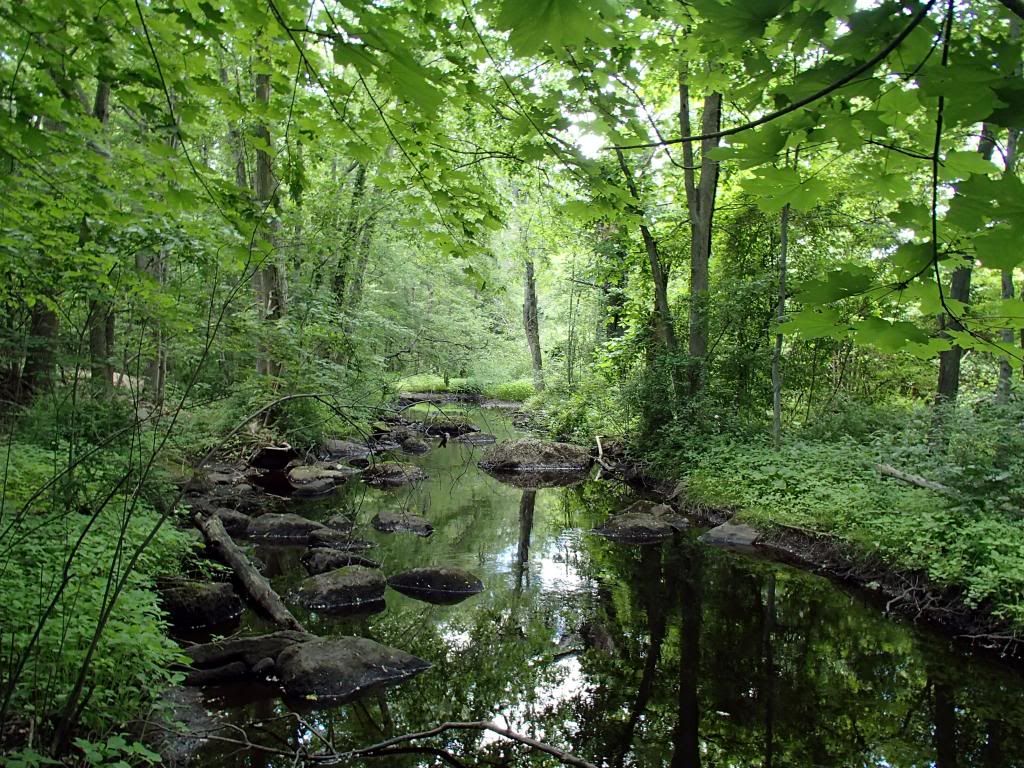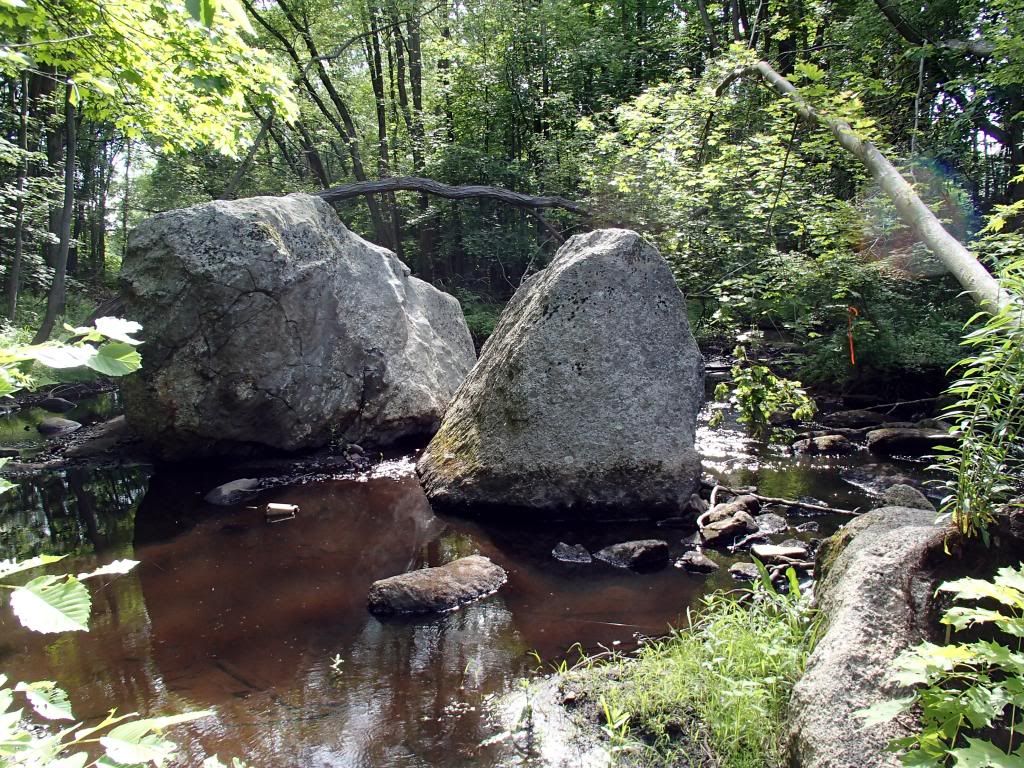Mid-May: northeastern OhioDuring a short lull between work for the National Rivers and Streams Assessment, I had time to conduct a few electrofishing surveys on lakes in northeastern Ohio. Mid-May through early June is an ideal time in northeastern Ohio to conduct fisheries surveys in lakes. If sampling were to occur earlier in the year, many of the fish would be in the deeper parts of the lake, out of the effective range of the electrofishing gear. Sampling later in the year may cause unnecessary stress to the fish, as the warmer water tends to contain less oxygen and the fish have higher metabolism and respiration rates when the water is warmer. Those things coupled together can lead to mortality during summertime lake surveys; although there are certainly ways to reduce and nearly eliminate stress to fishes sampled in lakes during the summer to and reduce the chance for mortality. Either way, given the choice...I choose mid-May through early June.
Most stream surveys I conduct take place during the day. Many of the streams I sample are small enough to enable the electrofishing gear to be effective for all/most species of fish regardless of the time of day. Plus, it's a lot safer to be on a stream (whether wading or boating) during the day. For many large streams, fisheries surveys may be conducted during the evening, as fishes that normally reside in the deeper parts of the stream may come into shallow waters at night, where they are more effectively sampled via electrofishing gear. In lakes (especially clear lakes), sampling for fishes during the day is difficult, as fish can easily avoid the collecting gear. They can see you coming in the shallow water, and take off. Or, the bright sun forces them out of the shallows, into deeper water during the day. The cover of darkness makes nighttime electrofishing on lakes much more effective.
During the second week of May I conducted a nighttime electrofishing survey on a lake in northeastern Ohio, near Akron. The survey was ordered to provide a census of the fish community, assess the success of recent local stocking efforts, determine the age-size class structure of the largemouth bass population, and to remove nuisance species.
The lake is a shallow natural lake a little less than 100 acres in size. Historically, the fish community consisted of a warm-water fish community similar to other lakes in the region. The lake used to be clear and well vegetated and contained a variety of sunfish species, a few sucker species, a few lake-dwelling minnow species, bowfin, and perhaps even Iowa darter (
Etheostoma spectabile), and least darter (
Etheostoma microperca). Although I can't recall for certain if those two species existed in this lake...I know they were formally present in lakes adjacent. Presently the lake has heavy algal blooms, which decrease water clarity drastically, thereby reducing the diversity and density of vegetation. Also the shoreline has been developed/altered, reducing available spawning and nursery habitat for some of the native fish species. In addition, fish stocking has occurred to provide greater variety in sportfishing opportunities and other non-native fishes have been introduced to the lake (either intentionally, or accidentally) and further altered the fish community. Of course, almost all of these conditions described above can describe almost every lake I've visited throughout the Midwest. Admittedly, I stay away from lakes for this reason (both for study/work and for recreation). I'd rather spend my time in a stream

. But, the survey provided me an opportunity to be out on the water, and work towards helping improve the quality of the fish community at this lake. Here's a summary and some pictures of what was swimming in the lake:
The lake contained a high number of big
largemouth bass. Although the home-owners association is pleased to see large bass in their lake, there was a concerning lack of small to medium-sized bass, suggesting an aging population.
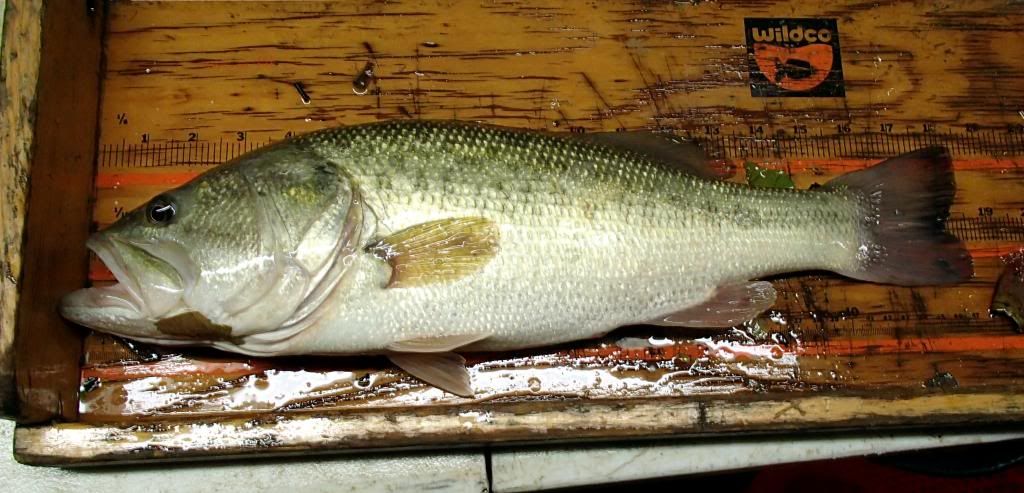
This shallow lake had a variety of sunfish species including bluegill, pumpkinseed, green sunfish, and hybrids of all. I usually take an interest in seeing the different hybrids in these lakes. Guessing at the parent species is half the fun...
Bluegill x Pumpkinseed
another
Bluegill x Pumpkinseed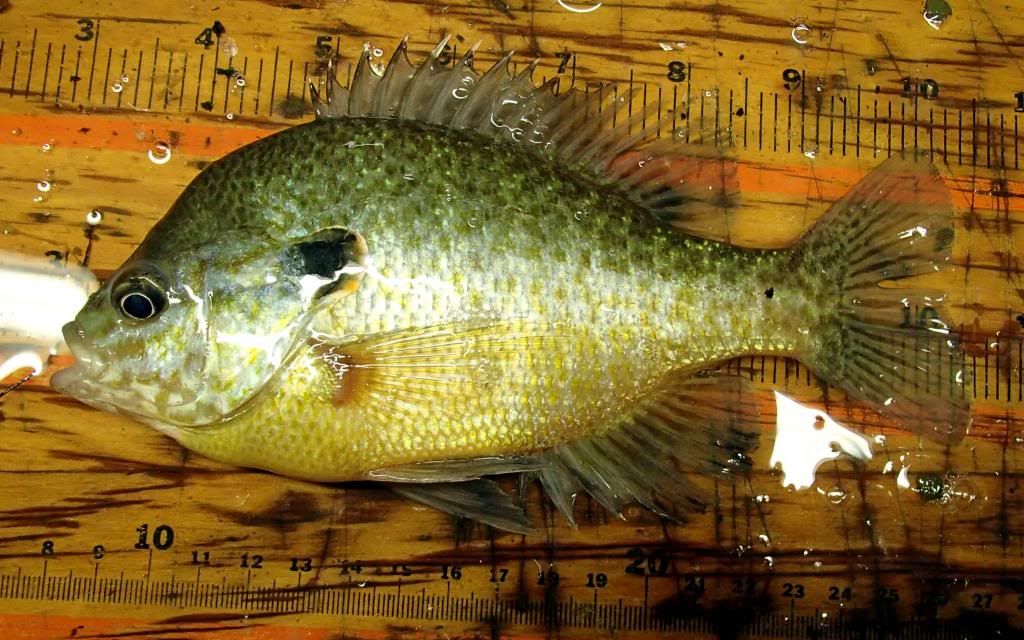
The top fish has a smaller mouth, more typical of a pumpkinseed. The bottom fish has a bigger mouth, more typical of what I see when a hybrid has a green sunfish parent (but who knows...nor does it really matter). This particular evening I remember laying out about 5 or 6 different hybrid sunfish and comparing them side by side. All have different features of their parent species. The lake also contained one of my favorite sunfish species,
warmouth (
Lepomis gulosus):

The lake also had a large population of
black crappie in the 6-8" range:
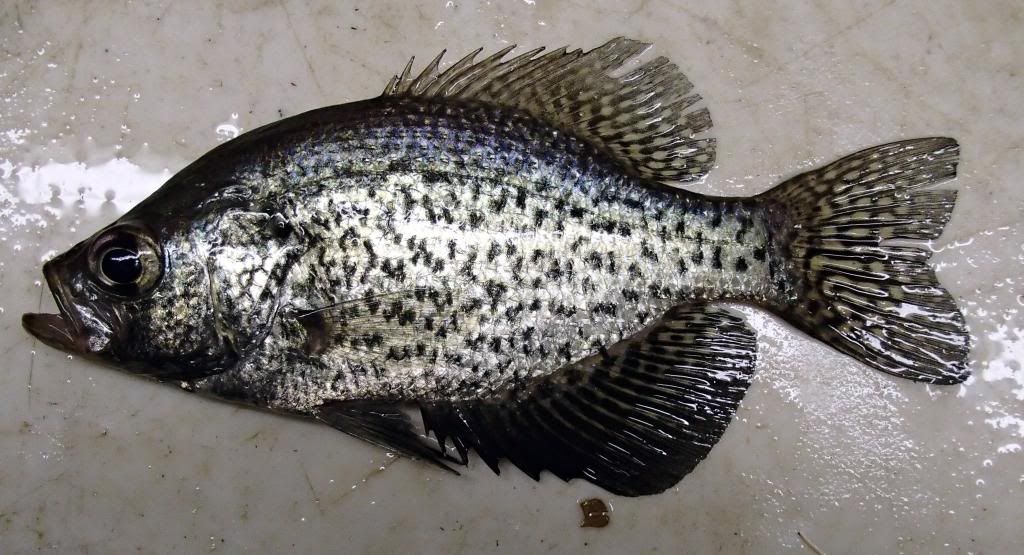
Many of the males were very dark in coloration (like the one above), indicating they were going to be spawning soon. A lesser population of
white crappie was also present:
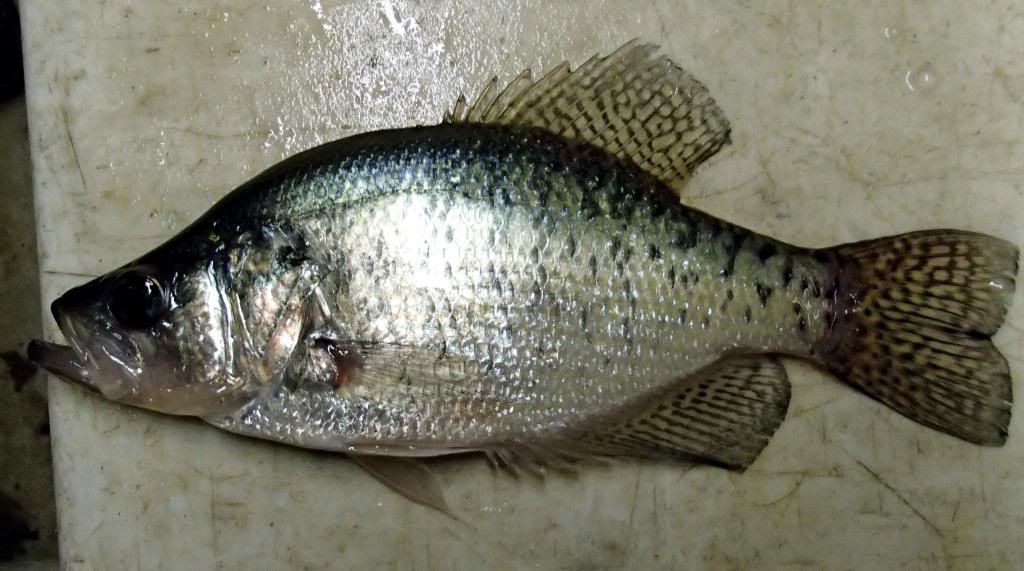
I came across a few
white sucker (
Catostomus commersonii) in some of the deeper portions of the lake:

You can see this one was beginning to develop tubercles on its anal fin and caudal fin. This species is one of the few lake-dwelling sucker species I encounter in Ohio.
Stocking efforts about six or seven years ago at the lake have resulted in the several really large
walleye hanging around in the lake, although I didn't find any smaller walleye that would suggest natural reproduction is occurring.
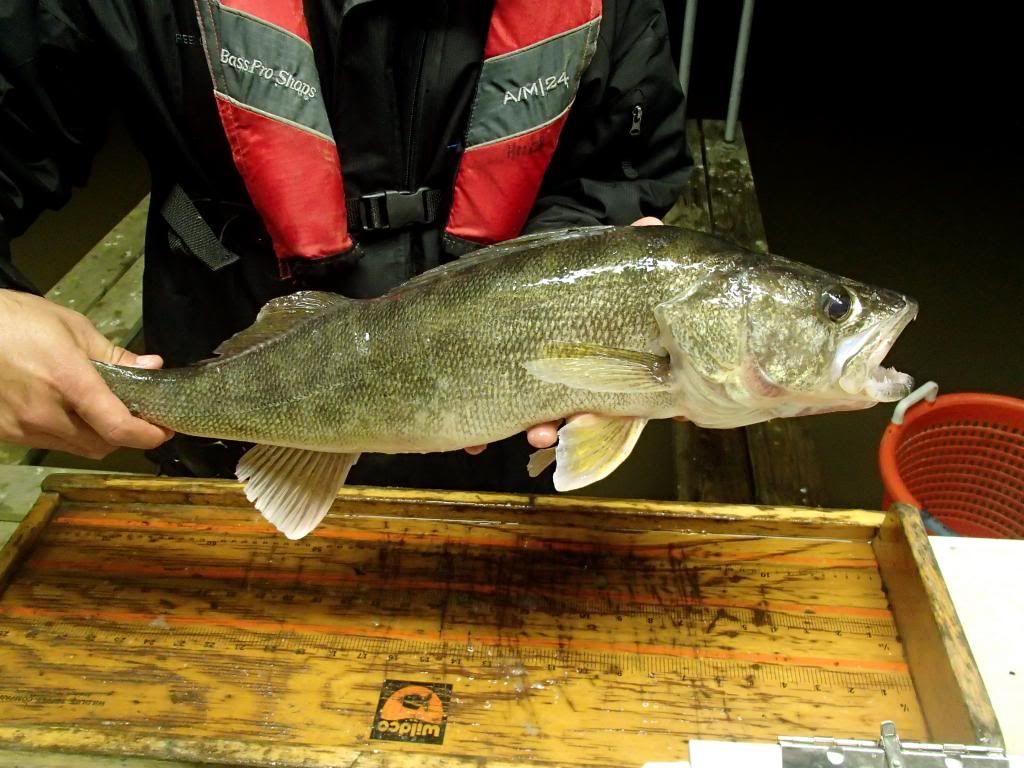
We removed LOTS of
common carp from the lake...perhaps over 1,000 lbs.
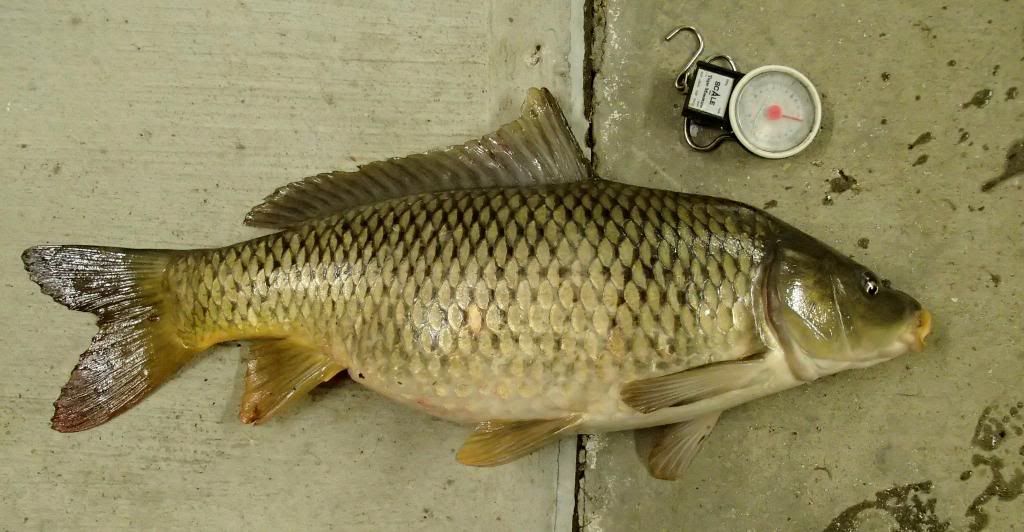
In addition, we removed hundreds of pounds of
white perch (
Morone americana):

This species is not native to the lake, nor is it native to Ohio. This species arrived into Ohio through the Welland Canal which connects Lake Ontario to Lake Erie. The fish is now established in Lake Erie and many of its tributaries. I'm not entirely sure how this species got into this natural lake in northeastern Ohio. One theory though is the nearby Cuyahoga River (Lake Erie tributary) flooded and connected to the lake, allowing white perch from the river to enter this lake. Either way, the white perch is now established in this lake and is competing for limited resources.
Results from this survey were compiled and analyzed in a report given to the lake managers to help them guide future fisheries management efforts in the lake. After this survey, I headed a few counties over to conduct another nighttime survey in a natural lake. More on that later.


